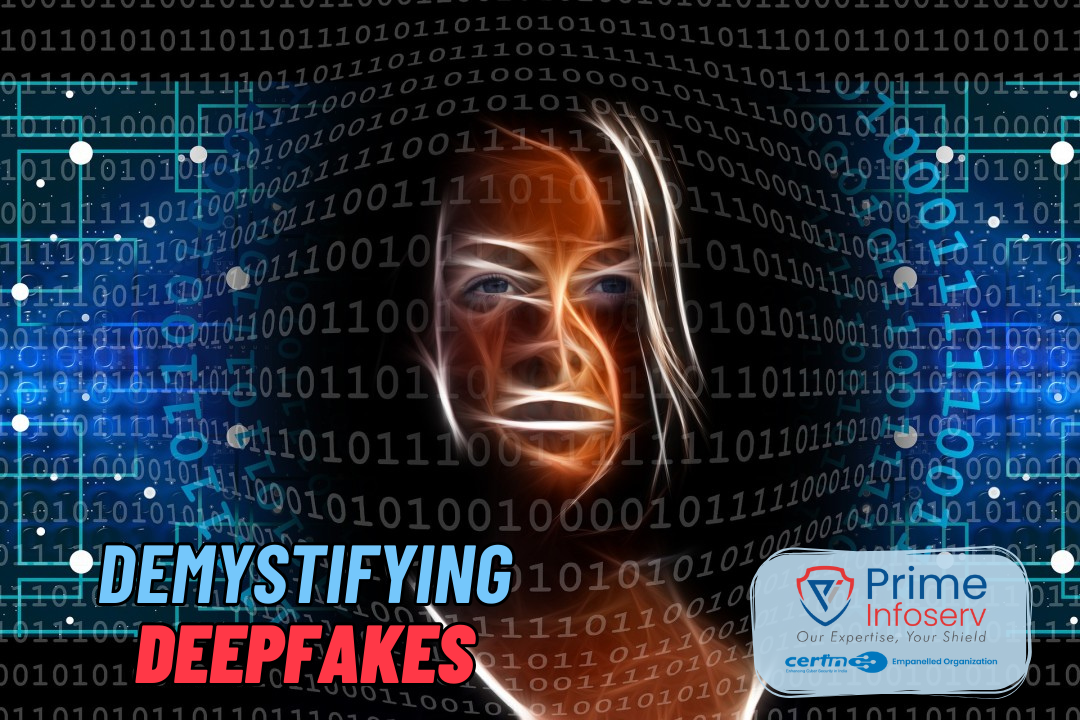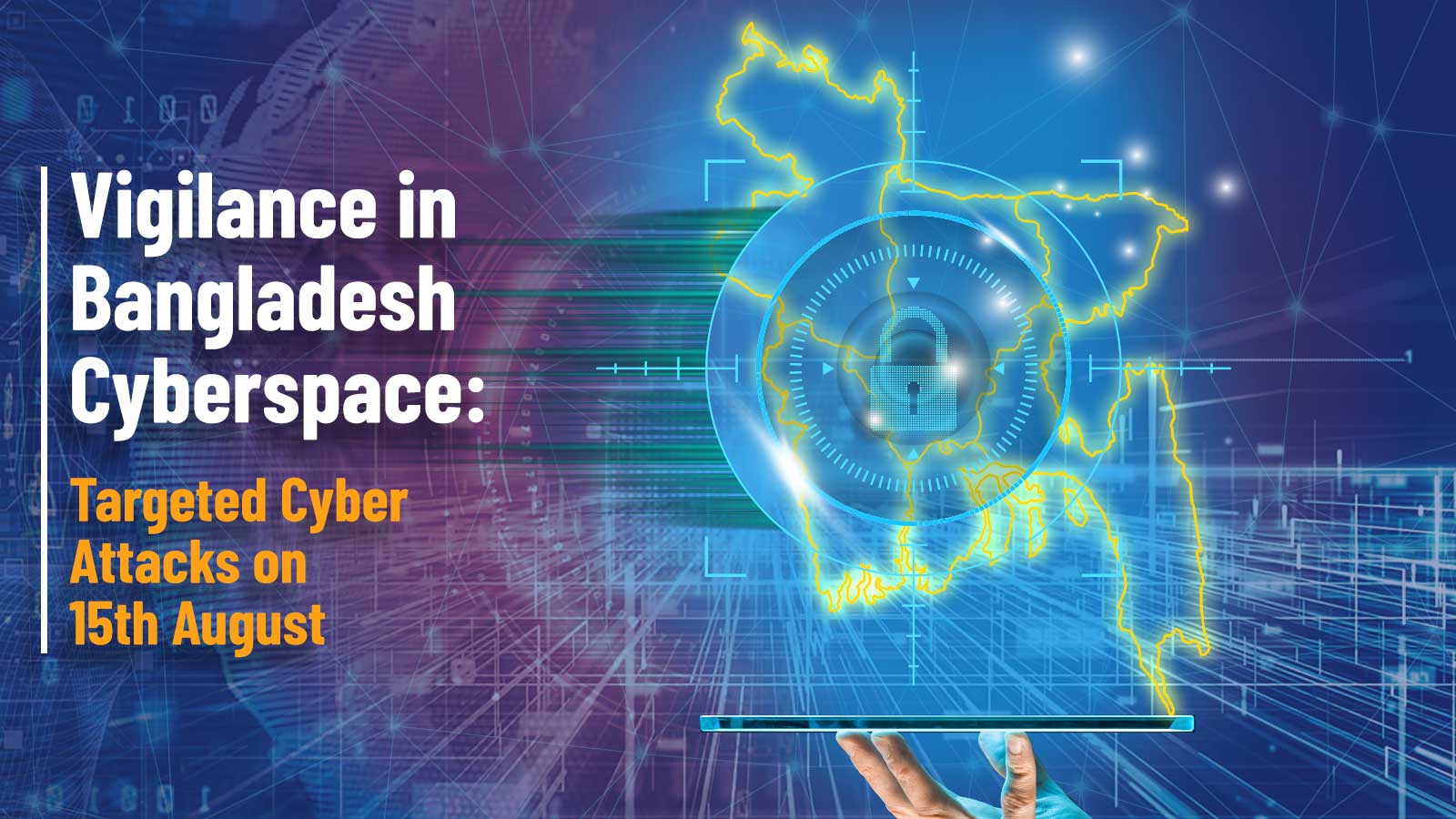Preface
Deepfake technology represents a form of synthetic media driven by artificial intelligence (AI), aimed at manipulating or fabricating visual and audio content with often nefarious intentions, to present as genuine. These fabricated materials, termed deepfakes, have the capacity to create convincing simulations of individuals engaging in actions or making statements they never actually did, posing serious risks such as undermining trust, propagating misinformation, and damaging reputations.
One method employed in generating deepfakes involves a process called face-swapping, where a deep neural network learns the facial characteristics of a target individual from a dataset of video clips. Subsequently, this network can overlay a replica of the individual’s face onto a different actor, resulting in a realistic amalgamation.
A notable instance demonstrating the misuse of deepfake technology occurred when a Hong Kong-based company fell victim to a scam involving the impersonation of its CFO and other employees. Perpetrators initiated contact with a member of the finance department through a phishing message, instructing them to execute a clandestine transaction. To further convince the employee, the scammers orchestrated a group video conference employing deepfake technology to convincingly portray the company’s personnel, including the CFO. Consequently, the employee complied with the instructions, transferring $25.6 million across fifteen transactions to five distinct Hong Kong bank accounts. Law enforcement authorities noted this incident as the inaugural case involving deepfake manipulation to deceive a financial institution, although no arrests have been made thus far.
The proliferation of deepfake threats is on the rise as the technology continues to advance and become more accessible. Projections suggest that by 2026, up to 90% of online content could be synthetically generated.
Possible forms of deepfake technology
1. Video Manipulation: Deepfake videos involve altering footage to make it appear as though someone is saying or doing something they never actually did. This can range from subtle alterations to complete fabrications.
2. Audio Synthesis: Deepfake audio involves creating synthetic speech that sounds like a particular person, even if they never said those words. This technology can mimic someone’s voice patterns and intonations with remarkable accuracy.
3. Face Swapping: This involves replacing one person’s face in a video or image with another person’s face. The deepfake algorithm seamlessly blends the replacement face into the original footage, making it appear authentic.
4. Image Manipulation: Deepfake technology can alter still images, either by editing existing photos or generating entirely new ones. This can involve changing facial expressions, backgrounds, or other elements to create deceptive imagery.
5. Text Generation: Deep learning models can generate text that mimics the writing style of a particular author. This can be used to create fake news articles, social media posts, or other written content.
6. Lip Syncing: Deepfake algorithms can manipulate the movement of a person’s lips in a video to match a different audio track. This can create the illusion that the person is saying something they never actually said.
7. 3D Reconstruction: Advanced deepfake techniques can reconstruct a three-dimensional model of a person’s face from 2D images or video footage. This allows for more realistic manipulation and animation of facial expressions and movements.
8. Virtual Avatars: Deepfake technology can create highly realistic virtual avatars or digital personas. These avatars can be used in gaming, virtual reality, or as virtual assistants.
9. Augmented Reality (AR) Filters: Some social media platforms and apps use deepfake technology to create AR filters that overlay virtual elements onto a user’s face or surroundings in real-time. These filters can range from simple effects to complex transformations.
These forms of deepfake technology illustrate the wide range of ways in which AI algorithms can manipulate media to create deceptive or misleading content.
Possible deception Techniques
Leveraging the capabilities of GenAI alongside deepfake techniques provides malicious actors with potent tools for deception and fraud. This combination enables various forms of attacks:
1. Impersonation Attacks:
In an earlier instance in 2019, hackers targeted the CEO of a UK-based energy firm, utilizing deepfake technology to mimic his voice. They contacted the company’s financial department, authorizing a fraudulent transfer of $243,000 to their account, exploiting the convincing impersonation to evade detection until it was too late.
2. Phishing and Social Engineering:
In a separate incident in 2020, a deepfake video featuring a fabricated bank representative circulated, urging customers to urgently update their account information. Unsuspecting victims divulged their personal details, including login credentials, enabling access to their accounts for fraudulent transactions. Instances of forged ID cards also emerged.
3. Manipulating Financial Transactions:
Recently, hackers employed GenAI to fabricate invoices mirroring those from a reputable supplier. These manipulated invoices led to payments being directed to fraudulent accounts, resulting in significant financial losses for the targeted organization.
Impact:
Deepfakes, which are highly realistic manipulated videos or images created using artificial intelligence, have the potential to cause a range of consequences, including:
1. Misinformation and Disinformation: Deepfakes can be used to create convincing fake news, spreading false information and manipulating public opinion. This can have serious implications for elections, public figures, and societal beliefs.
2. Damage to Reputation: Individuals, organizations, or businesses can be targeted with deepfake content aimed at tarnishing their reputation or credibility. For instance, a deepfake video of a public figure engaging in scandalous behavior could damage their career and personal life.
3. Political Manipulation: Deepfakes can be used to impersonate politicians or other influential figures, potentially leading to diplomatic tensions, policy changes based on false information, or public confusion.
4. Fraud and Extortion: Deepfakes can be used for fraudulent purposes, such as creating fake evidence for blackmail or extortion schemes. Victims may be coerced into paying money or divulging sensitive information under false pretenses.
5. Erosion of Trust: The proliferation of deepfakes can contribute to a general atmosphere of distrust, where it becomes increasingly difficult to discern real from fake media. This can undermine trust in institutions, media sources, and even personal relationships.
6. Privacy Violations: Deepfake technology can be used to create convincing fake pornography featuring individuals without their consent, leading to serious privacy violations and emotional distress.
7. Legal and Ethical Challenges: Deepfakes raise complex legal and ethical questions regarding issues such as consent, intellectual property rights, and freedom of expression. Regulations and legal frameworks may struggle to keep pace with the rapid advancements in deepfake technology.
8. Security Risks: Deepfakes can be weaponized by malicious actors to carry out cyber attacks, social engineering scams, or identity theft. For example, a deepfake video could be used to bypass facial recognition systems for authentication purposes.
9. Psychological Impact: Exposure to deepfake content, particularly if individuals are unable to distinguish it from reality, can lead to psychological distress, confusion, and paranoia.
10. Potential for Violence and Conflict: Deepfakes depicting acts of violence or war crimes could incite real-world violence or exacerbate existing conflicts by manipulating public sentiment or spreading propaganda.
Overall, the widespread proliferation of deepfake technology poses significant challenges to society, requiring a multifaceted approach involving technological solutions, education, regulation, and ethical considerations.
Detection & Response
Detecting and responding to deepfakes can be challenging, but there are several strategies and tools that can help mitigate their impact:
1. Educate the Public: Increasing public awareness about the existence and potential dangers of deepfakes can help individuals become more discerning consumers of media. Teaching people to critically evaluate sources, cross-check information, and be cautious of suspicious content can reduce the spread of deepfake misinformation.
2. Develop Detection Tools: Researchers and technologists are continually developing algorithms and tools to detect deepfake content. These tools may analyze inconsistencies in facial features, audio patterns, or other artifacts that indicate manipulation. Collaborative efforts among academia, industry, and government can accelerate the development and deployment of effective detection technologies.
3. Verify Sources: Encourage the verification of sources before sharing or acting on information. This includes checking the credibility of the publisher, examining the context of the content, and seeking corroboration from multiple reputable sources.
4. Use Watermarking and Authentication: Content creators can implement digital watermarks or authentication mechanisms to verify the authenticity of their media. Watermarks can be embedded directly into the content or stored separately in a secure database, making it difficult for deepfake creators to replicate or alter.
5. Establish Legal and Policy Frameworks: Governments and organizations can enact laws and regulations to address the creation and dissemination of deepfake content. This may include penalties for malicious use of deepfakes, guidelines for content platforms, and standards for media authentication.
6. Enhance Media Literacy: Promoting media literacy and critical thinking skills can empower individuals to recognize and resist manipulation attempts. Educational initiatives can teach people how to identify common manipulation techniques, assess the reliability of information sources, and engage in informed discourse.
7. Collaborate with Technology Companies: Collaboration between technology companies, researchers, and policymakers is essential for combating deepfakes effectively. Companies can invest in research and development of detection technologies, implement policies to curb the spread of deceptive content, and support initiatives to raise awareness and educate users.
8. Encourage Responsible Media Practices: Media organizations and content creators play a crucial role in preventing the spread of deepfakes. By adhering to ethical standards, fact-checking information before publication, and being transparent about sources and editing practices, they can help build trust with audiences and mitigate the impact of deceptive content.
9. Monitor and Flag Suspicious Content: Social media platforms and content-sharing websites can implement algorithms and human moderators to monitor for suspicious or potentially harmful content. Users can be encouraged to report questionable material, which can then be reviewed and potentially flagged or removed.
10. Foster International Cooperation: Deepfake threats are not limited by national borders, so international cooperation is essential for addressing them effectively. Collaboration between governments, law enforcement agencies, and intergovernmental organizations can facilitate information sharing, coordination of efforts, and development of global standards and best practices.
By employing a combination of technological, educational, legal, and collaborative approaches, society can work towards minimizing the impact of deepfake manipulation and preserving the integrity of digital media.
Any further queries to deep dive into the area, may connect us at info@primeinfoserv.com





